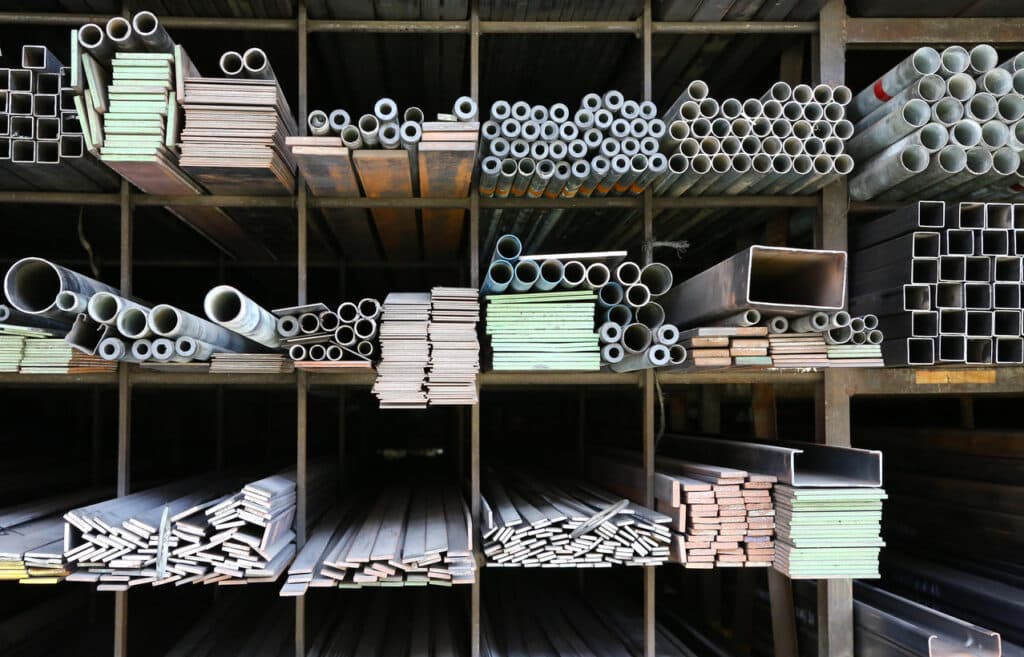
- Massive Range
- FREE UK Delivery
- Rapid Dispatch
- Massive Range
- FREE UK Delivery
- Rapid Dispatch
- Massive Range
- FREE UK Delivery
- Rapid Dispatch
Home » How to Store Metals Properly to Avoid Oxidation
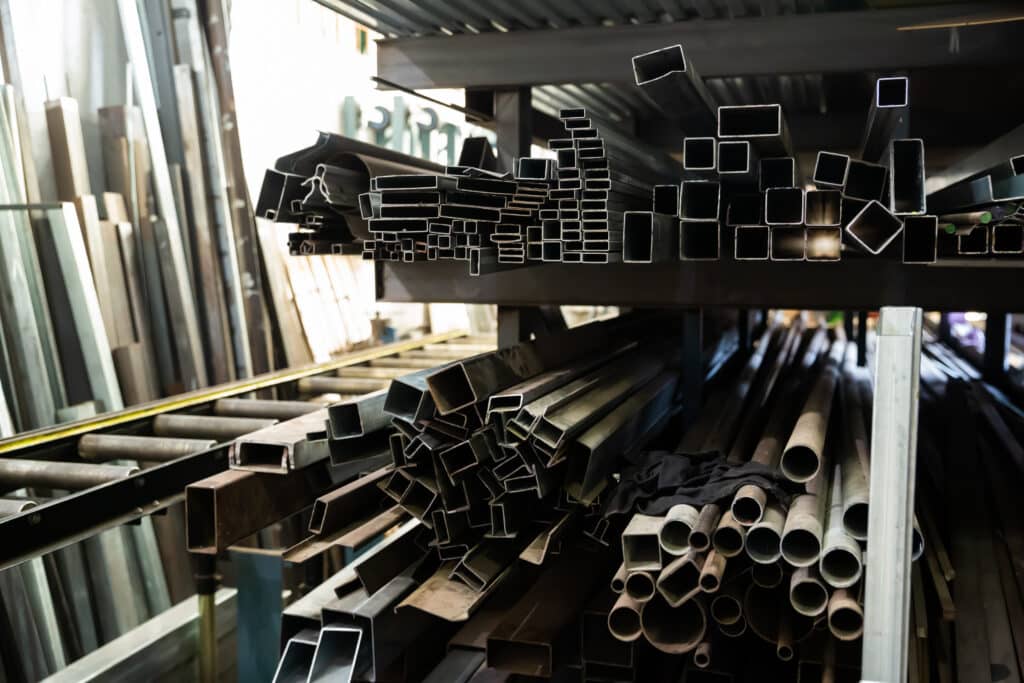
Metals are an integral part of our everyday life. From the silverware we use to eat to the steel structures that frame our buildings, these materials offer strength, flexibility, and utility. However, like many substances, metals are susceptible to the forces of nature. One of the primary challenges faced by metals is oxidation. When metals react with oxygen (either from the air or from water), they can corrode or rust, reducing their effectiveness and aesthetic appeal. To ensure the longevity of your metal items, proper storage is essential. In this blog, we’ll explore how to store metals correctly to prevent oxidation.
Before diving into storage solutions, it’s helpful to understand what oxidation is. At its core, oxidation is a chemical reaction where a metal loses electrons to an oxidising agent, typically oxygen. This reaction can lead to rust (in the case of iron) or tarnishing (as with silver). The resultant layer can be unsightly and can degrade the metal’s structural integrity over time.
Oxidation is a chemical process where a substance loses electrons, often in reaction with oxygen, though not exclusively so. This term’s origin traces back to reactions with oxygen, like the rusting of iron to form iron oxide or the tarnishing of silver. However, in modern chemistry, oxidation extends to any reaction where electrons are transferred, even without the presence of oxygen. For instance, in the formation of sodium chloride, sodium is oxidised as it donates an electron to chlorine. While oxidation processes, such as the oxidation of glucose in cellular respiration, are vital in biology, uncontrolled oxidation can damage cells and contribute to aging and diseases. Everyday occurrences, like the browning of an apple when exposed to air, also exemplify oxidation.
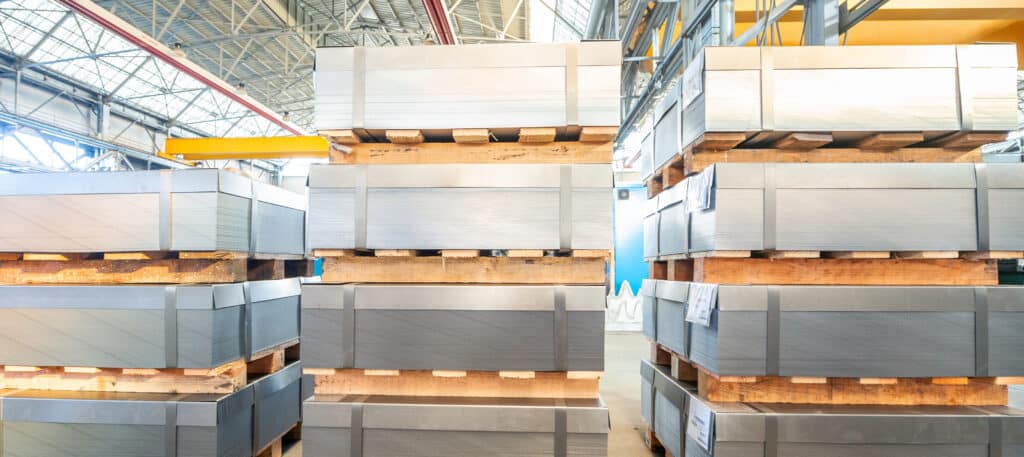
Clean Before Storage:
Keep it Dry:
Use Protective Coatings:
Limit Exposure to Air:
Separate Different Metals:
Avoid Harmful Substances:
Routine Checks:
Use Anti-Oxidation Strips:
Educate Yourself on Specific Metal Needs:
Properly storing metal to avoid oxidation provides multiple benefits. Here are the results you can expect:
Extended Lifespan: By preventing corrosion and wear, metals last much longer, thereby extending the life of tools, machinery, jewelry, and other metal items.
Cost Savings: Replacing or repairing oxidised metal can be expensive. Proper storage helps avoid these costs by maintaining the integrity of the metal.
Preserved Appearance: Oxidation can tarnish the look of metals. Keeping them oxidation-free ensures they remain aesthetically pleasing, especially important for decorative items, jewelry, or surfaces that are intended to be seen.
Maintained Structural Integrity: For metals used in construction or as parts of machinery, oxidation can compromise their strength. By preventing oxidation, you ensure the metal remains strong and fit for its intended purpose.
Optimal Functionality: Metal tools and parts that oxidise might not function as they should. Rust can cause components to stick together or move less smoothly, reducing the efficiency and effectiveness of machinery and tools.
Enhanced Safety: Corroded metals can become weak and might break under pressure or use. By preventing corrosion through proper storage, potential safety hazards related to weakened metal can be averted.
Value Retention: Antique metal items, jewelry, and collectibles retain their value better when they remain free from oxidation and tarnish.
Environmentally Friendly: Less wastage from corroded metals means a reduction in the need for mining and processing new metals, which has environmental benefits.
Less Need for Clean-Up: Periodic cleaning or restoration work is required for oxidised metals. Proper storage minimises this requirement, saving time and effort.
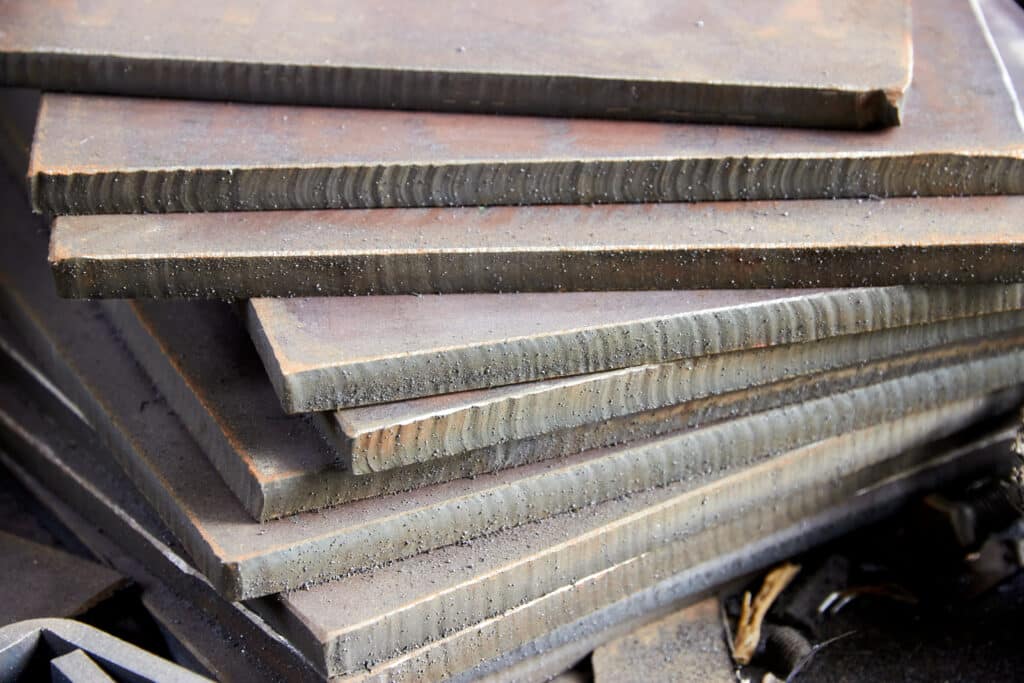
While there are many benefits to properly storing metals to avoid oxidation, there are also drawbacks to consider:
Initial Costs: Implementing preventative measures, especially for large quantities of metals or sophisticated systems, can have a considerable upfront cost. This includes the expense of coatings, dehumidifiers, specialised containers, and other storage solutions.
Maintenance: Anti-oxidation solutions might require regular maintenance. For instance, protective coatings might need re-application, desiccants need to be replaced, and storage environments might need periodic checks.
Space Requirements: Proper storage can require more space than simply stacking metal items. For instance, metals shouldn’t be stored touching each other, especially if they’re different types, to prevent galvanic corrosion.
Time-Consuming: Setting up an optimal storage environment, conducting regular checks, and doing maintenance can be time-consuming, especially for businesses with significant metal assets.
Limited Accessibility: If metals are stored in airtight containers or specialised setups, accessing them frequently might become cumbersome.
Over-Reliance on Technology: If you’re using technology, like electronic dehumidifiers, there’s always the risk of machine failure which could compromise the storage environment.
Complexity for Multiple Metals: If you have various metals, each might require different storage conditions. Catering to the needs of each can complicate the storage process.
Environmental Concerns: Some methods of preventing oxidation, such as the use of certain coatings or chemicals, might have environmental implications, either in their production or disposal.
Decreased Natural Patina: Some metals develop a patina over time, which can be aesthetically pleasing and even desirable in certain applications like art, antiques, or architecture. Preventing oxidation can also prevent this natural aging process.
Risk of Over-Protection: Overzealous protection might lead to conditions where other forms of deterioration, besides oxidation, might occur, especially if not monitored properly.
Oxidation is a natural process, but that doesn’t mean we can’t take steps to prevent or at least slow it down. By understanding the causes of oxidation and following the storage steps outlined above, you can ensure that your metals stay pristine and functional for years to come. Remember, the key is proactive care and regular maintenance. With just a bit of attention to detail, your metals will remain free from the detrimental effects of oxidation.
As always, thank you for checking out our blog. We hope that this helps you with your project.
Please also check out the other articles in our helpful guide series. We have written about ‘Understanding Corrosion: The Biggest Enemy of Metals‘ and ‘Welding Steel‘ recently so why not check them out?
We are also proud to sell this product on our highly popular eBay store, check us out there too.
If you have any further questions, feel free to contact us.

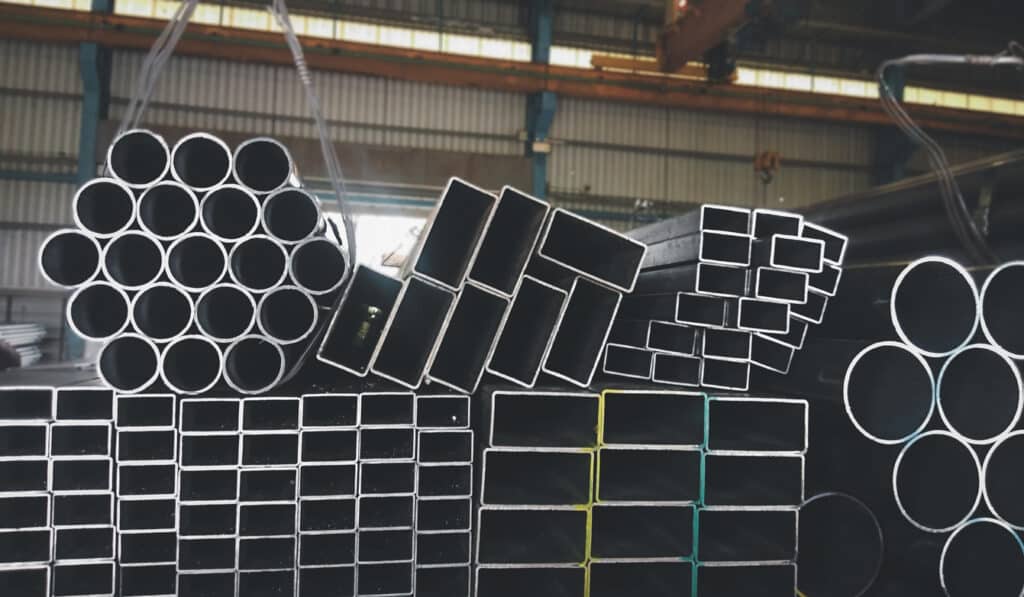
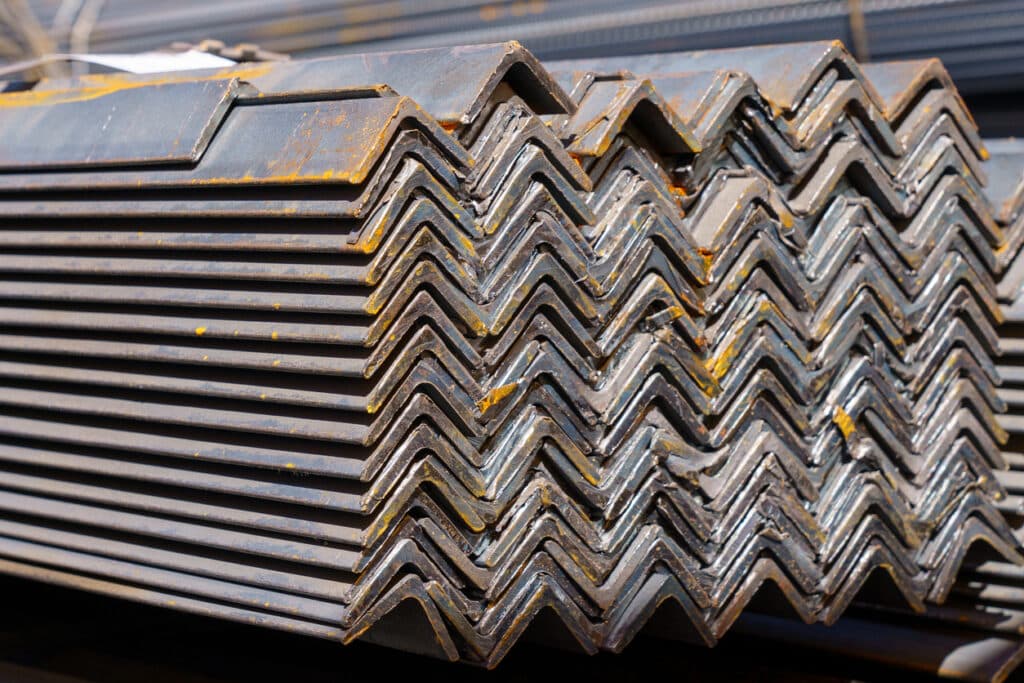

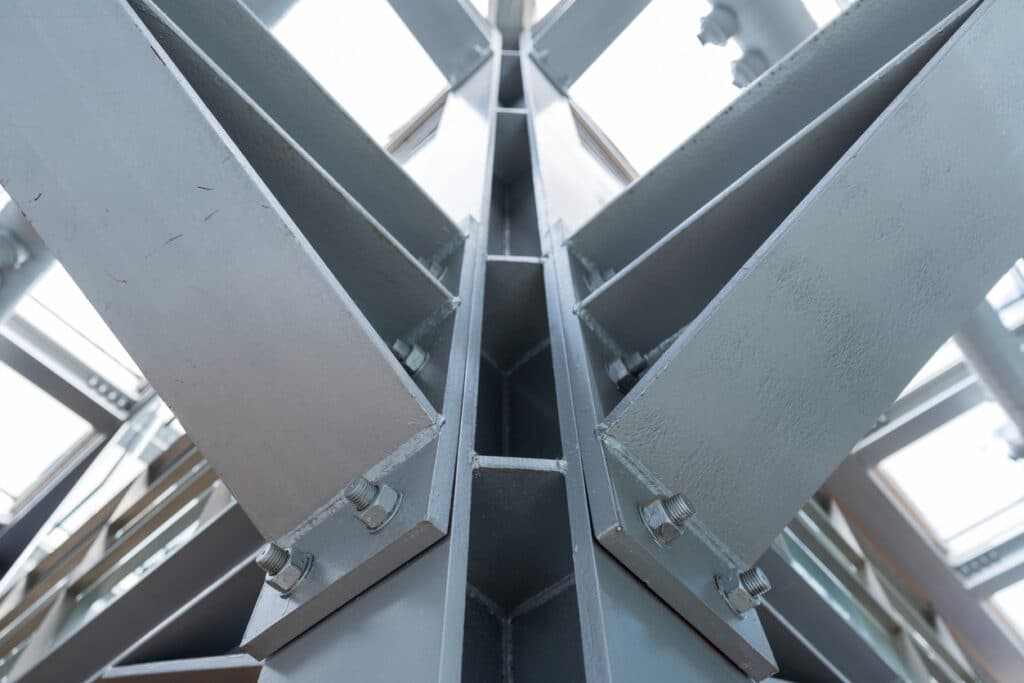
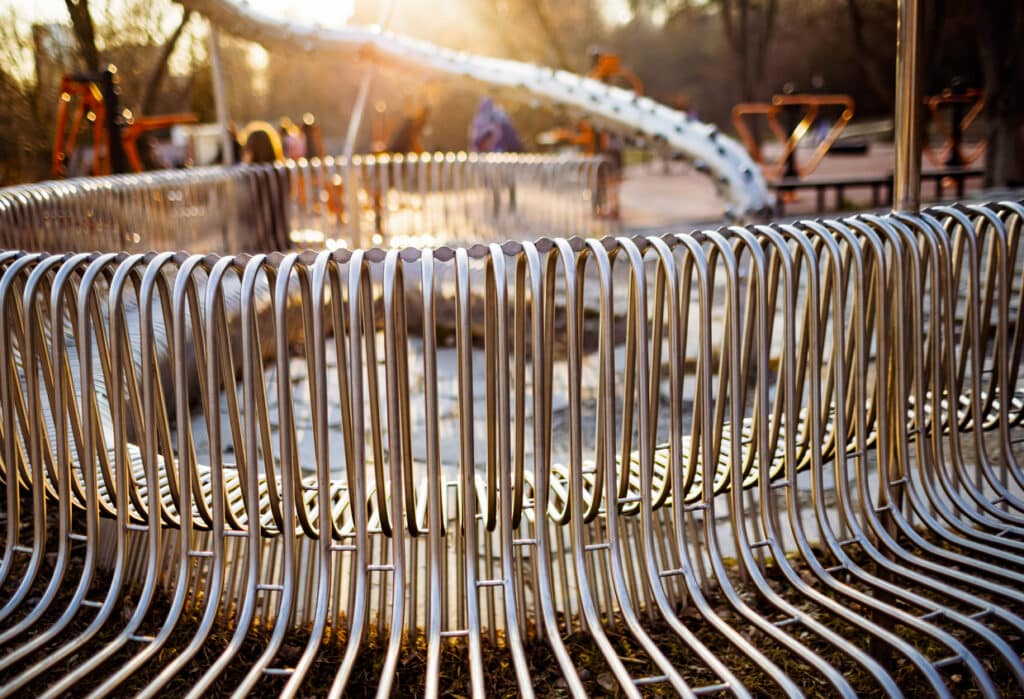
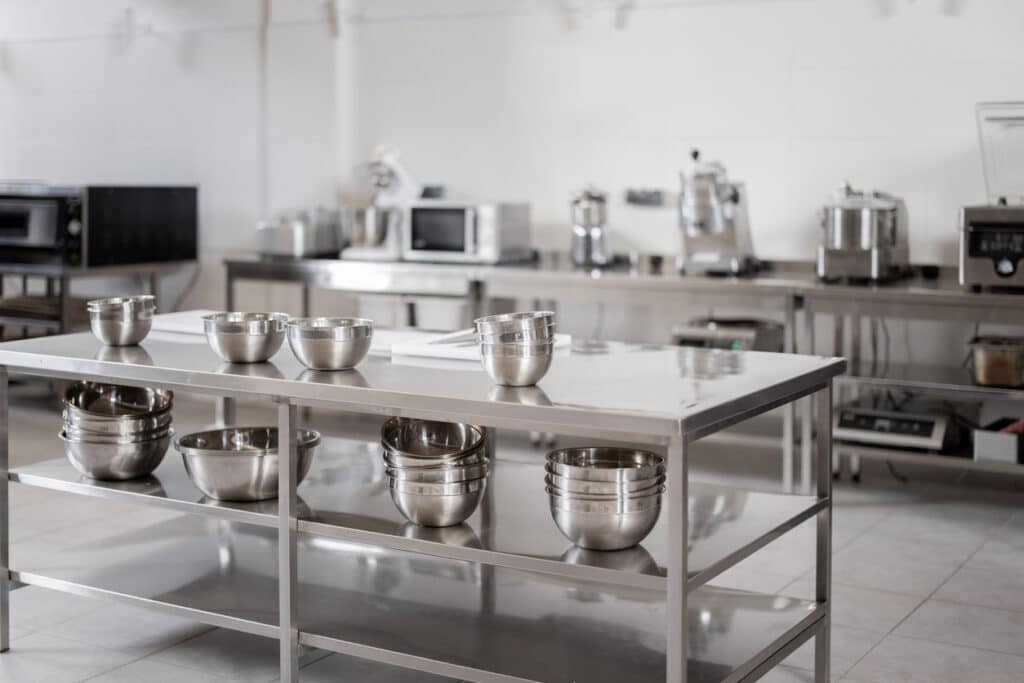
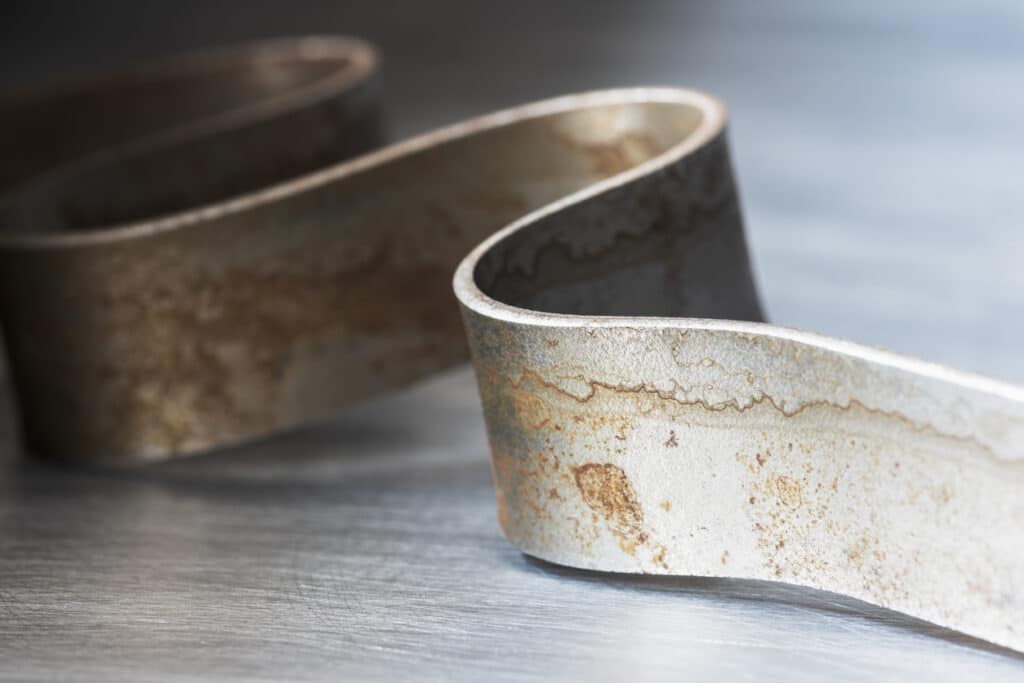
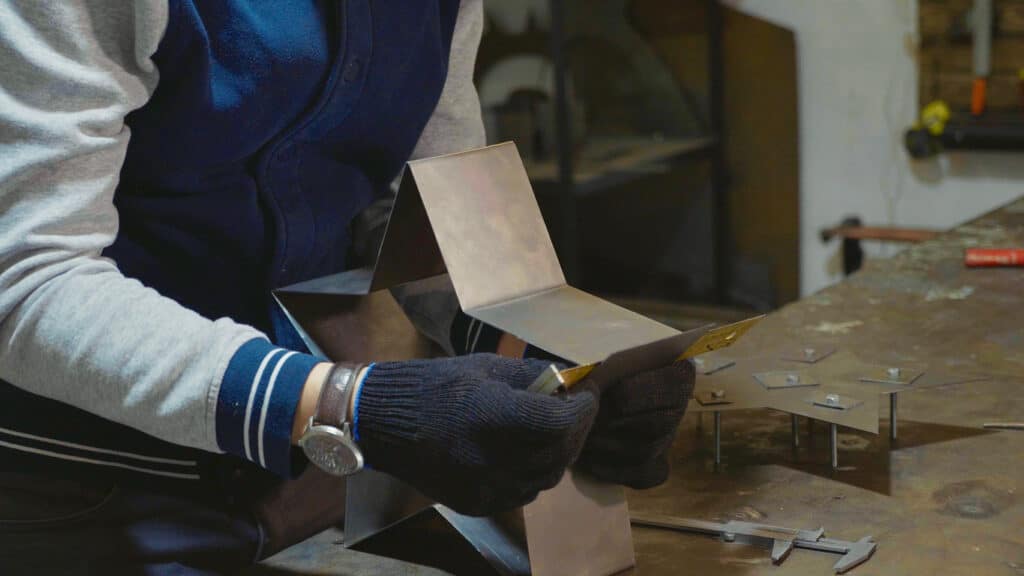
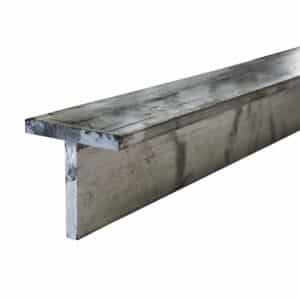
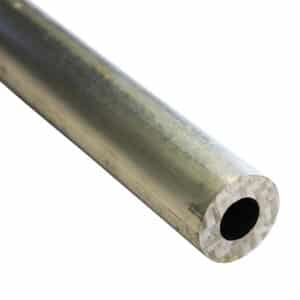
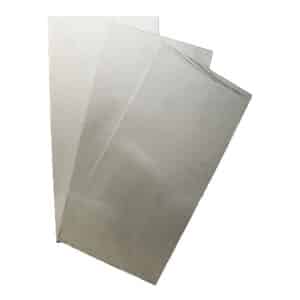
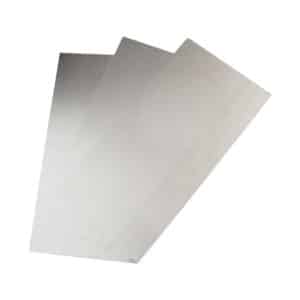
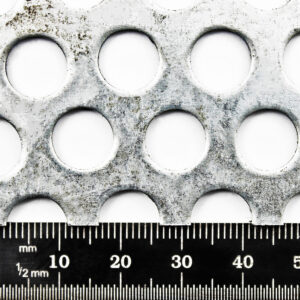
Speciality Metals
Unit 1, Farrell Street, Warrington,
Cheshire, WA1 2WW, United Kingdom
Quick Links
Payment Options
